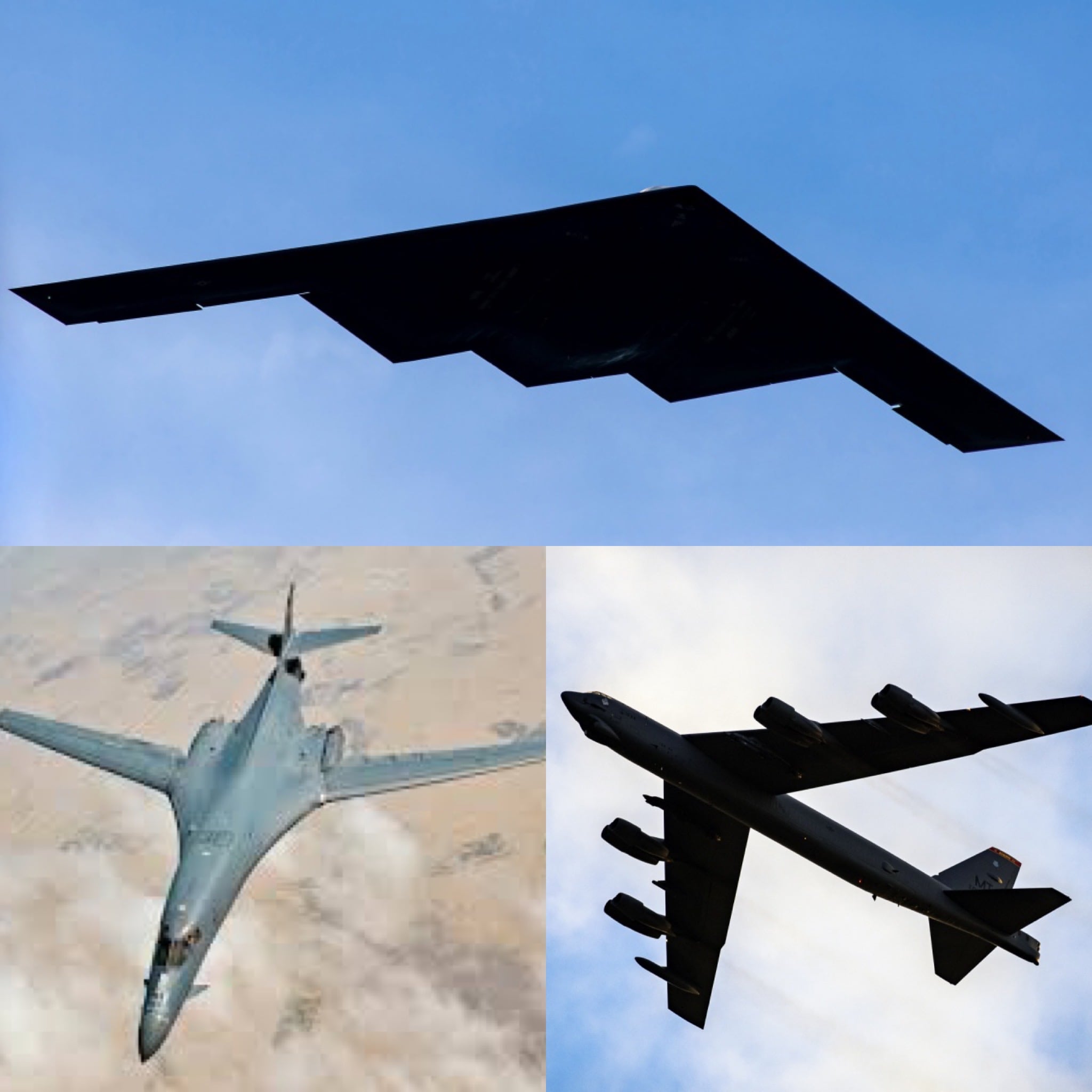When Super Bowl fans see the unprecedented triple-bomber flyover before the game Feb. 7, they won’t just be watching planes fly. They’ll be watching the end result of hundreds of airmen’s coordinated efforts to ensure a tightly choreographed flight is pulled off, right down to the second.
A B-1B from Ellsworth Air Force Base in South Dakota, a B-2 Spirit from Whiteman Air Force Base in Missouri, and a B-52 Stratofortress from Minot Air Force Base, North Dakota, will converge and pass over Raymond James Stadium in Tampa, Florida, during the final notes of the “Star Spangled Banner.”
But making sure all three bombers simultaneously nail that “time-on-target” directly over the stadium will be the tricky part, Maj. Anthony Mascaro, a B-2 instructor pilot and director of the 13th Bomb Squadron’s Mission Training Center, said in a Jan. 28 interview.
It’s quite the needle to thread. Mascaro said the teams behind all three aircraft have been planning for weeks “to ensure that we’re on the same sheet of music, if you will.”
RELATED

All three bombers, after taking off from their respective bases, will head to a rendezvous point over the Gulf of Mexico, where they will link up and head together towards the stadium, Mascaro said.
Once they reach a designated piece of airspace near the stadium, which air traffic control will keep clear of all other flights, the bombers will orbit in a holding pattern until it’s time for their flyover.
The planes have a computer that will help them nail the timing, Mascaro said. The pilots will program exactly when they need to be directly over the stadium, and the computer will measure airspeed and wind speed, and calculate whether the pilots need to speed up or slow down to be on time.
As the pilots approach the stadium at roughly 250 to 300 knots, at about 1,000 feet, they’ll hear singers Jazmine Sullivan and Eric Church performing the anthem live in their headsets to get the timing right.
After the flyover is done, Mascaro said, the bombers will get cleared individually by air traffic control to proceed back to their home bases.
It will be the first time all three bombers in the Air Force’s fleet have carried out such a flyover together. But, Mascaro said, this kind of a flight is just another day at the office for these pilots, who are used to ensuring their planes hit a certain spot at a certain time in combat.
Tech. Sgt. Jessica Gibson, a nondestructive inspection section chief with the 131st Maintenance Squadron at Whiteman, said in the interview that at least hundreds of airmen — everyone from the back shop to the flightline to other support functions — have been working to make sure that B-2 is ready for the flight Sunday.
Similar highly public Air Force flyovers, such as those staged last year as morale builders during the early days of the coronavirus pandemic, have drawn criticism over whether they are unnecessary money-wasters.
Mascaro doesn’t see it that way. Bomber pilots need to fly to keep trained, he said, and these kinds of flyovers — where they have to be in a certain place at a certain time — help them practice the skills they would use in combat.
“It’s not by any means a misuse of government resources,” Mascaro said. “We’re accomplishing training on the way there, and on the way back. Money’s already been allocated, and it’s a great opportunity for our pilots.”
And who are Mascaro and Gibson pulling for in the big game? Chiefs all the way, of course, the Missouri-stationed airmen said.
Stephen Losey is the air warfare reporter for Defense News. He previously covered leadership and personnel issues at Air Force Times, and the Pentagon, special operations and air warfare at Military.com. He has traveled to the Middle East to cover U.S. Air Force operations.
